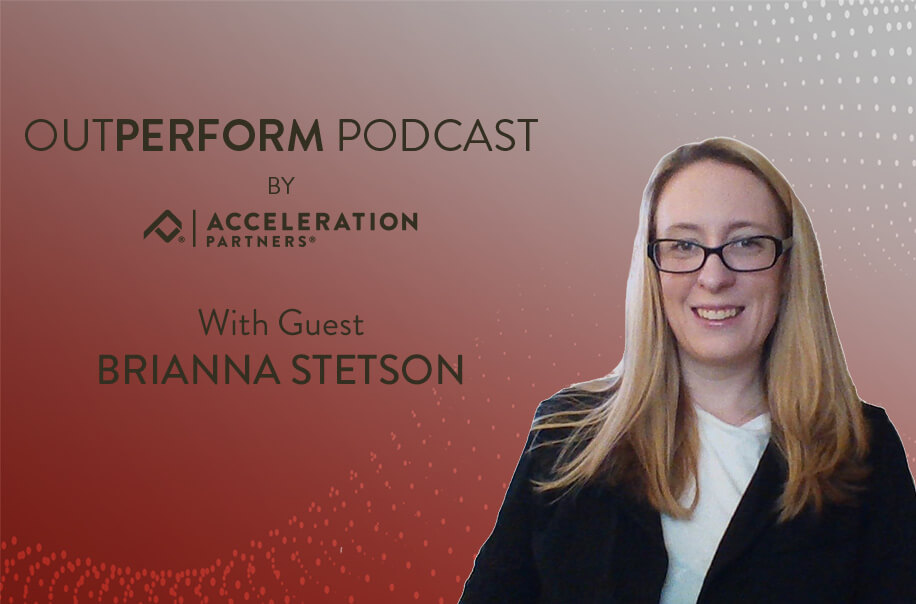

4 Ways to Improve Website SEO & Conversions

Search engine optimization (SEO) has come a long way since its earliest days of driving traffic through tactics like link farming – in its simplest form, when a group of websites boost their ranking through reciprocal links. Today, SEO is a powerful selling tool. As Google’s algorithm becomes more sophisticated and mobile-centric, it becomes critical that you consider user experience (UX) as part of your SEO strategy. Integrating UX and SEO doesn’t need to be challenging – here are four steps you can take now to help optimize your website SEO and convert more customers.
1. Increase Web Traffic and Online Sales Through Keyword Research
A thoughtful SEO strategy will drive more traffic. In fact, the first five organic search results receive more than 67% of all clicks, while results six through ten receive just 3.73% of clicks.
- Start by identifying keywords that relate to your products and services, and to what your audience is searching – you can do this by reviewing the monthly search volume on each keyword to understand what your high-value keywords might be
- Decide on 25 to 100 keywords which you consider most important
- Group related words together and prioritize them from essential to supporting
- Then assign keywords or groups of keywords to your high traffic pages on your site where you can incorporate them into the content, title tag, meta description and URL
2. Create an Information Architecture to Maximize Keyword Ranking
Achieving the top five spots on a search engine results page (SERP) leads to more clicks – and ultimately more sales – but that doesn’t mean you should include every relevant keyword on every page. Each page must fight its own keyword battle.
- Create an information architecture that assigns just three or four related words to each page — and only that page
- If you add one keyword to multiple pages, the pages will compete against one another in search engine rankings
A good rule of thumb is…
Strategically Optimize Pages to Drive More Clicks
Once you’ve mapped out the pages you want on your redesigned site, it’s time to optimize the meta information and on-page content. Meta information is content that search engine crawlers read and use to determine how to rank a page. It’s also what users see on the search engine results page.
Web crawlers need enough information to know what the page is about, but searchers will only click if the language appeals to them and is aligned with your brand. While potentially challenging to write for both crawlers and searchers, title tags and meta descriptions – two of the most important pieces that can be written for a page – can help you achieve both.
Here are a few best practices for each:
- Keep title tags (clickable headlines that deliver quick insight into the content of the page) to fewer than 60 characters
- Inform and intrigue searchers with meta descriptions (brief summary of a page that appears in a SERP) of fewer than 160 characters
3. UX Matters: Design Pages for Conversion
Attracting people to your site is only half the battle. Your site should also be easy to navigate. This isn’t just a subjective statement, while flashy designs may look good, users will leave if the design frustrates them. Google keeps an eye on how users behave with content on your site.
Make sure the call to action is clear on each page so visitors can easily understand what steps you’re asking them to take.
Some tips to consider:
- Optimize page speed so it doesn’t slow down UX
- Digital readers skim and scan content – visually appealing content with ample white space can drive more action
- On skimming: Clear subheadings (such as H1 or H2 tags) help search engines understand your content better and make the content easier for a reader to scan
4. Optimize Your Site Images to Improve Ranking
No matter how beautiful a website is, if the images on the site are not optimized for SEO, the page may lose out on prime SERP. In addition, images should be optimized for speed to help improve the overall site ranking.
Quick tips for image optimization include:
- Choose the best file format to support each image
- This will vary on if your image is a picture or text image. Typically, you’ll want to review JPEG, PNG and WebP file versions to see which will work best on your site and keep page speed low.
- Compress images into smaller file sizes
- Provide clear, concise alt-text for images to help search engines understand the purpose of the image
Setting Yourself Up for Digital Marketing Success
By improving your SEO and website conversions, you’re setting your brand up for digital marketing success. While Acceleration Partners does not offer SEO optimization services, our teams have immense digital marketing expertise and can help your brand build a holistic digital marketing strategy.







